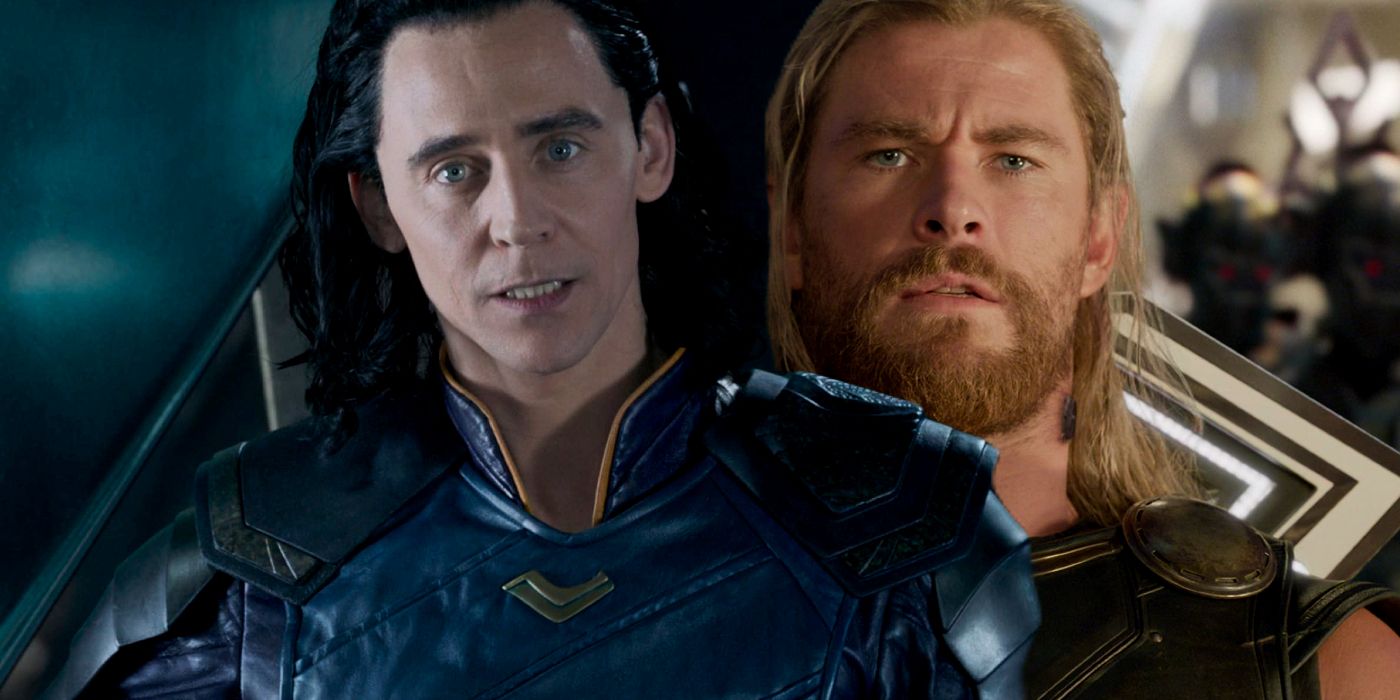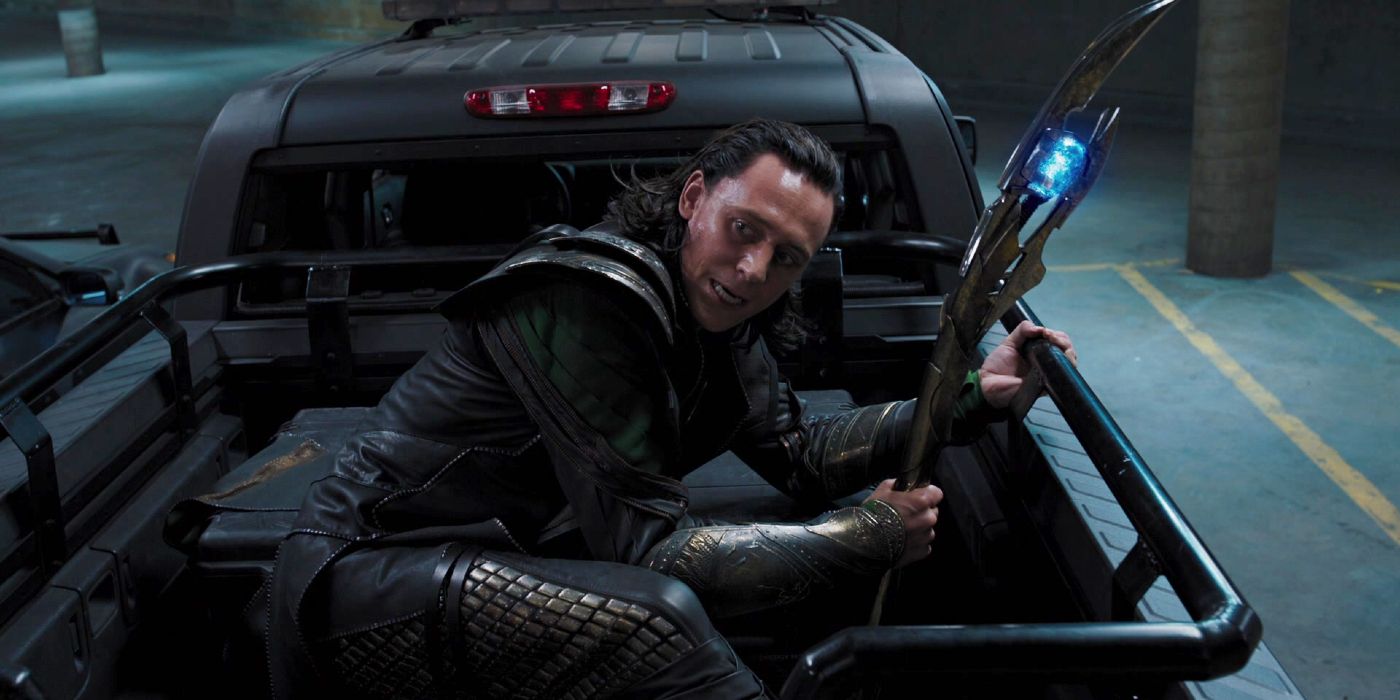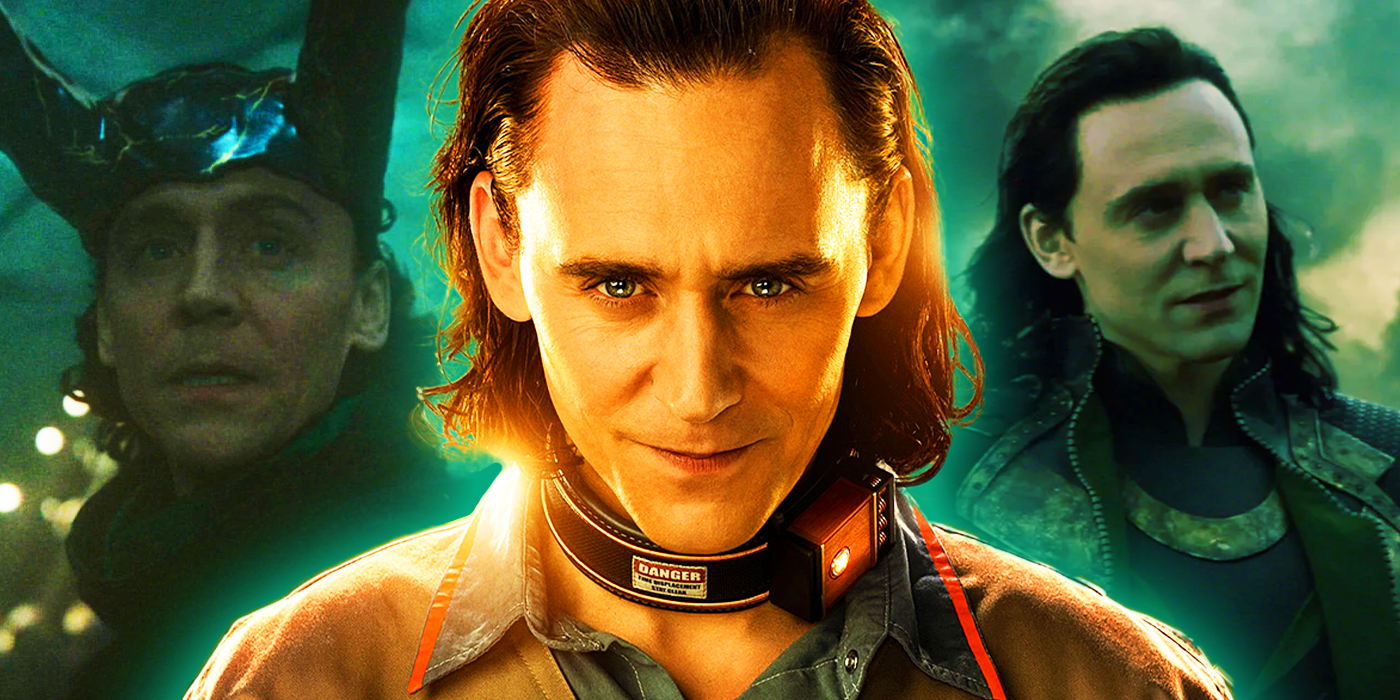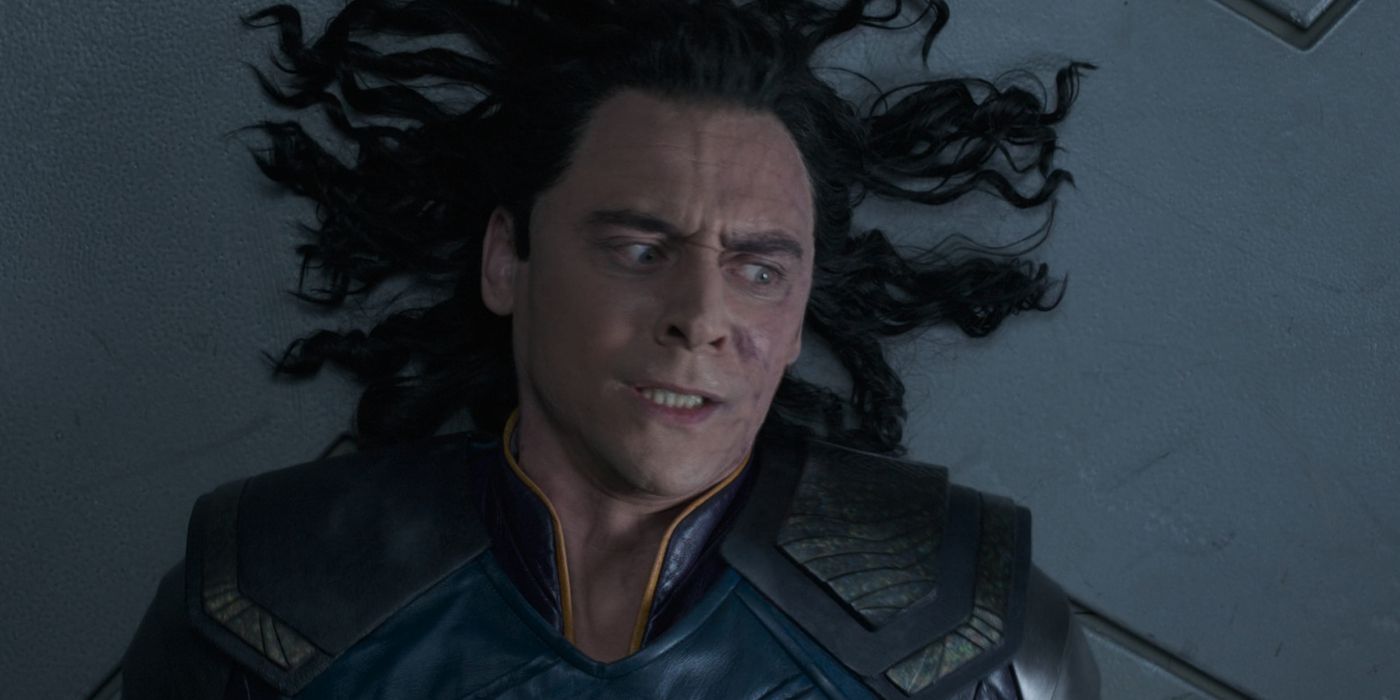A convincing Marvel theory has just solved a Thor: Ragnarok plot hole while also making Loki even more sympathetic with a tragic explanation.

Summary
- Loki’s experiences between Thor and The Avengers, including being tortured by Thanos, explain his appearance and demeanor in the beginning of The Avengers.
- Tom Hiddleston confirms that Loki has had terrible experiences and encounters with awful people, which contribute to his actions in The Avengers.
- Loki’s ability to endure pain in Thor: Ragnarok is likely a result of his past torture, adding depth to his character and highlighting his tragic nature.
Loki’s MCU story is a pretty tragic one to begin with, but one Marvel theory has made it even more devastating while solving one Thor: Ragnarok pothole at the same time. From the first time Loki was introduced in Thor, Loki has attempted to prove himself to his father, Odin, before that need for validation would later manifest into both villainous and heroic arcs within the MCU. Despite his best efforts, however, Odin ultimately denounces Loki at the end of Thor, causing his adopted son to throw himself into a wormhole.
This sequence of events immediately preceded those of The Avengers, where Loki established himself as the main antagonist. In this capacity, however, he was acting on behalf of two far more sinister agents in the form of the Other and Infinity Saga big bad, Thanos. It was the clandestine meeting with these two figures where a theory shared via TikTok posits, with convincing evidence, that Loki’s mind and body were put under extreme duress, exacerbating his downfall and making his MCU story even more tragic.
All Evidence Loki Was Tortured By Thanos Between Thor And The Avengers

It’s easy to see that Loki is not in a good way from the moment he reappears in the earliest scenes of The Avengers. His eyes are darkened, he sweats profusely, and he doubles over on several occasions in the process of stealing the Tesseract. Tom Hiddleston does a stellar job of conveying Loki as being in a certain measure of pain and discomfort. This, the theory suggests, is likely because he has just been subjected to heat-based (exploiting his Frost Giant heritage) torture courtesy of Thanos and the Other before being sent on his villainous quest to retrieve the Tesseract in exchange for Earth’s subjugation under him.

All 14 Loki Costumes In The MCU, Ranked
After having been in the MCU for over a decade, Tom Hiddleston’s Loki has sported many different costumes as the Asgardian God of Mischief.
Loki’s terrible experiences between the events of Thor and The Avengers were also recently confirmed by Loki actor Tom Hiddleston himself. In The Art of Marvel’s The Avengers, he clarifies, “he’s met some terrible, terrible people and probably had some awful experiences, which he has survived and overcome.” Along with the detrimental influence of the Mind Stone, this would help to explain why Loki – who proved to be a distinctly heroic figure at the end of his solo series – would commit the heinous acts of The Avengers. It also ties up a plot hole in Thor: Ragnarok.
Loki Being Tortured Explains His Resistance To Pain In Thor: Ragnarok

If Loki had undergone torture at the hands of the Other and Thanos, then It’s safe to assume that he managed to work up a significant pain tolerance. This is evident within a sequence of events in Thor: Ragnarok involving the preferred means of control deployed by the Grandmaster on Sakaar. Notably, Loki was able to endure the pain inflicted by the Obedience Disks more than his brother.
Thor was fairly quick to succumb to the paralysis inflicted by Grandmaster’s electrical Obedience Disks despite being the God of Thunder. When Thor proceeded to use one on Loki, however, Loki was able to move and endure the obviously excruciating pain for quite a while longer. While this wouldn’t make much sense on the face of it, given that Thor is routinely touted as the more battle-hardened of the two brothers, this makes a lot more sense in the context of Loki’s familiarity with torture methods. The theory adds an extra layer of nuance to the Thor: Ragnarok scene while also cementing one of Loki’s most tragic features.





